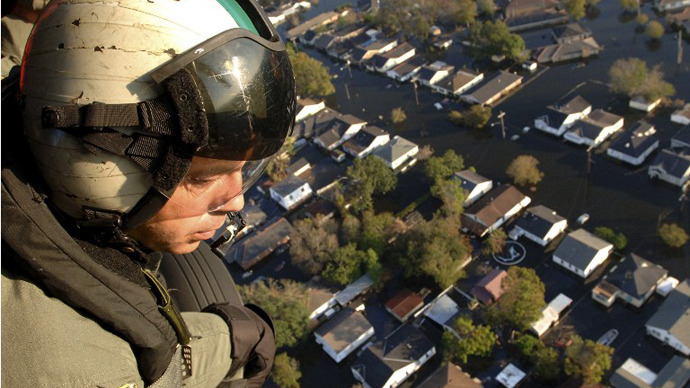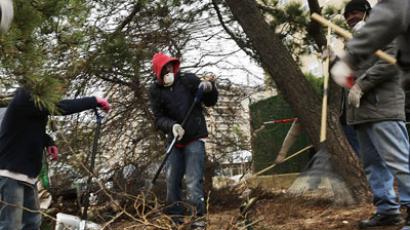In Katrina aftermath, State Farm went out of its way to avoid paying claims

In what could well end up becoming the first in a number of similar legal defeats for State Farm insurance, a federal jury in Mississippi has charged the company with fraud relating to a 2005 claim made in the aftermath of Hurricane Katrina.
As ABC News first reported in 2006, two former State Farm
employees, the Rigby sisters, came forward with accusations of
having witnessed an epidemic of fraud at the company’s offices in
Biloxi and Gulfport. According to the two, company supervisors
instructed staff to “bury” or modify damage reports to avoid
payouts.
Even worse, the claim which was the subject of the recent court
case had been hidden in a special file with a note reading "Put
in Wind File. DO NOT Pay Bill. DO NOT discuss."
The recent charges pertain to one single case, in which State Farm
reduced its liability by claiming that damage to a home was caused
by flooding rather than high winds. Evidence provided by the Rigsby
sisters proved that the company filed a false report in order to
avoid paying the homeowner instead of the federal government’s
National Flood Insurance Program (NFIP).
Now, a judge has ordered State Farm to reimburse the NFIP for a sum
of $250,000, and potentially more once additional damages are
determined. The Sun Herald has reported that, though the money
involved may not sound like much, it could set precedent that will
push along a longer list of potential liabilities.
The jury was also shown evidence that a State Farm flood claims
manager, Lecky King, believed that some policyholders were “so
desperate” that they would have said anything to receive a
payout. For their part, the Rigsbys were able to prove that the
insurance company considered Katrina “a water storm,” and
trained its adjusters to enforce that view by influencing
engineering companies and their damage assessments.
Still, considering the widespread damages and the complexities of
the insurance liabilities involved, which can vary depending on
policies, proving further instances of fraud may not be easy.
During this latest case, the jury was presented with evidence of
other nearby homes that, though they were totaled during Hurricane
Katrina, were literally blown away before waters rose.
Hurricane Katrina proved to be the costliest single natural
disaster in US history, killing 238 and causing billions in damage
within the state of Mississippi alone. Following landfall,
officials estimated that some 90% of structures along the state’s
coastline had been leveled by the storm, with a recorded water
surge that was the highest in the history of the US.
Insurance companies faced massive losses following Katrina, which
the Insurance Information Institute reports as the costliest
disaster in the industry’s history. A total of $41.1 billion was
distributed amongst 1.7 million claims, with the state of
Mississippi accounting for one third of losses.














